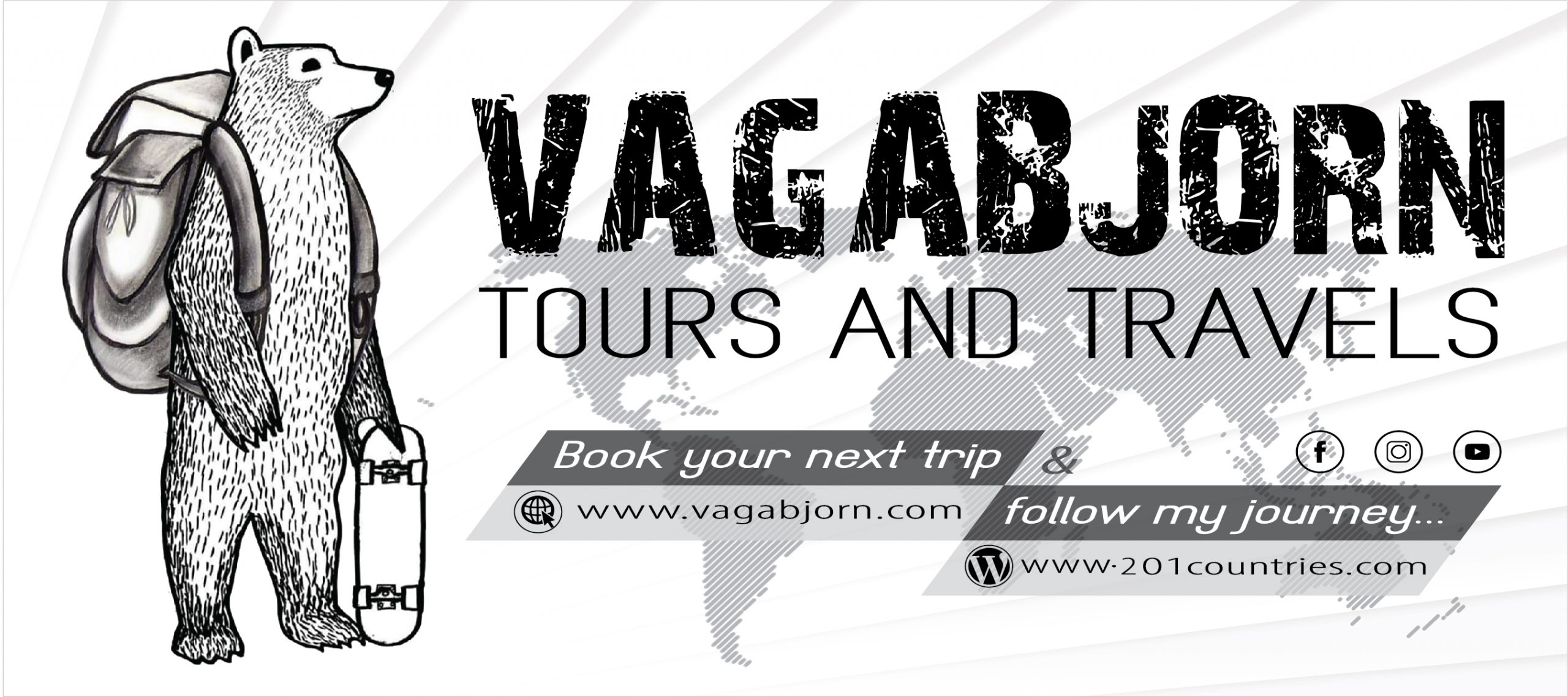
It was Thursday morning and I was having breakfast at the Hilton Salalah with three people I had not met before, but who I shared my favorite hobby with: collecting passport stamps. Taylor had been to 175 countries aiming to become the youngest and fastest woman to visit every country, Tay and Matt had already been to every country except Syria and the country we aimed to visit that day: Yemen. I had waited for a journalist visa to go there for nearly two months and was ready to try other ways to get there.

We had arranged a day trip with with a guy who has managed to get tourists across the border before, but as there had been a cyclone disrupting the roads the week before, we were told that he was stuck in Yemen and that he would send his brother (lets call him Muhammed[1]) instead. We found Muhammed in his yellow Omani taxi outside the hotel at 8am sharp, and confirmed the price of 170 Omani Rial, or 110US dollar per person before setting off towards the country in the East.

Four hours later we were at the border, a bit nervous about what would happen next. We had no visas, but just an envelope that I had hidden under my shirt, prepared to pay the border guard to let us in. Me and Matt stepped out of the car and followed Muhammed to the office where a man was sitting ready, seemingly knowing what was going to happen. I could hear the familiar numbers of m’ia (hundred) and arba (four) when the guy was talking to Muhammed and then he told us that he wanted 100$ for each. As I slipped the envelope along the table, the man asked “you want big stamp, or small”? Well, we are passport stamp collectors I thought and asked “both”? Instead of looking at the main pages of the passport as he stamped them, he held them up one at a time asking the same question “my name is”? Either was my pronunciation bad or his hearing, so the name of Tay became “time” on his visa, Taylor became “taio” and my name became “John”. Matt was just Matt. The whole process was much more civilized than I had imagined. The guy was happy and put his thumb up as we left.

On the other side of the border the roads were much more deteriorated, there was more garbage and lots of signs, utility posts and even a big phone mast that had fallen over from the recent cyclones. People seemed friendly, and the place was calm, not like other parts of the country that is in war.

A couple also offered us some khat, which about 90% of the male population are estimated using, and is said to be sucking the country dry by consuming about 30% of the country’s water. A bag, which is typically used in a day costs about 5 dollars per bag and it is said that most families spend more money on khat than food. An expensive habit in a country where about 45% live below the poverty line. [2]

We visited the city called El Hawf where the architecture was different and people were more dark skinned than in their neighbor cities in Oman. We saw African women walking next to the roads, whereas most workers in Salalah seemed to have an Indian, Bangladesh or Pakistani origin. The city was laying between cliffs and mostly rock pepple beaches, which dominanted the landscape all the way to the viewpoint between El Hawf and Al Ghaydah where we had to turn around to get back to Salalah in time.

The places that we visited felt completely safe [3] and it is a pity that we spent most of the day driving and could not see more with the time we had, but it was definitely a fun daytrip well worth the money and now I look even more forward to getting a journalist visa to see more of what this country has to offer!

[1] I do not want to expose our driver to the open web, so it is better if you send me a message to get more details
[2] Yemen sucking itself dry: http://content.time.com/time/world/article/0,8599,1917685,00.html
[3] This is just my experience and not meant as a travel advice. Do your research for your own safety before going.

